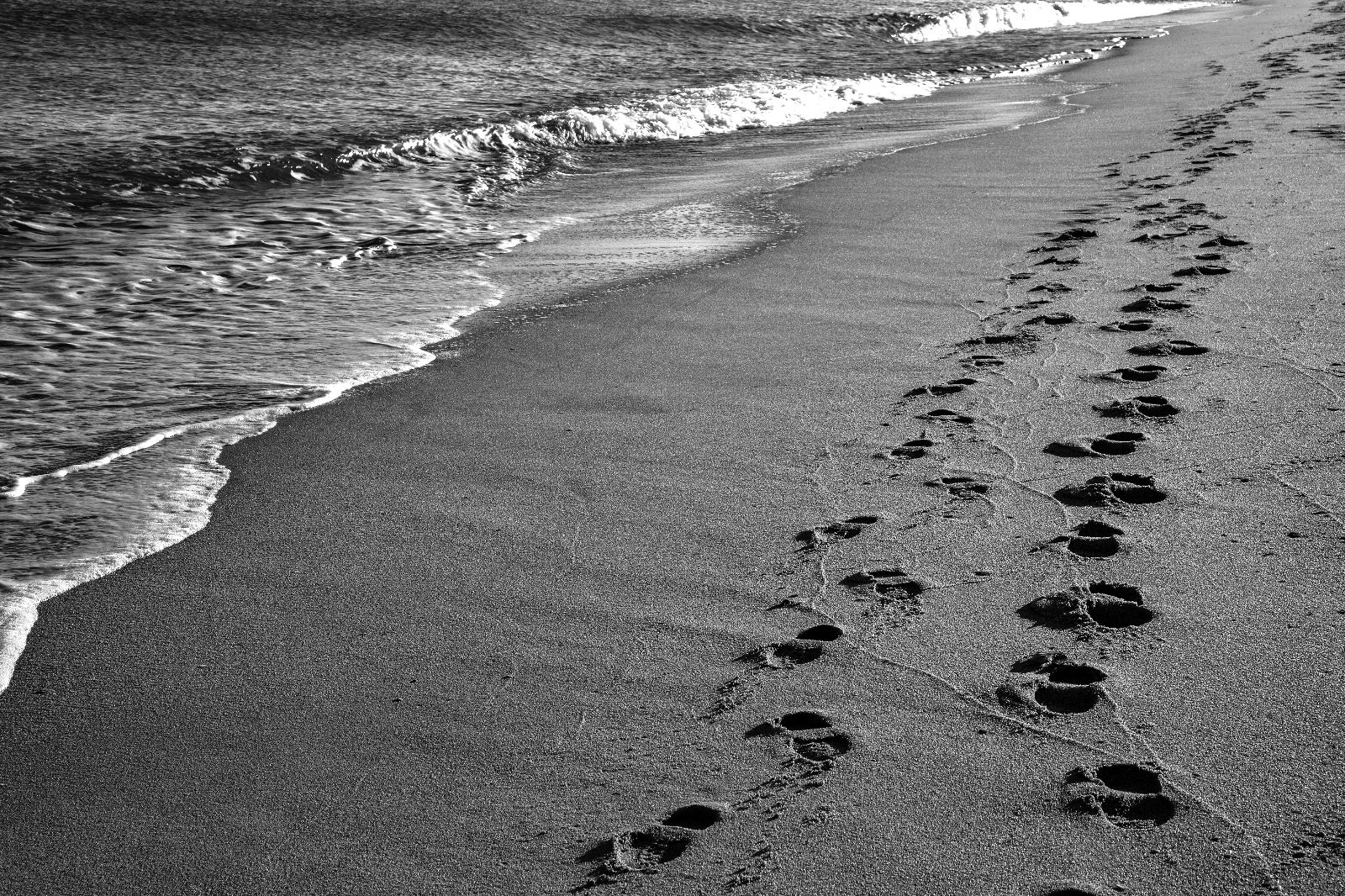As dancers, we understand the importance of every step we take—it tells a story, creates an impact, and leaves a lasting impression. This concept isn’t just confined to the physical dance floor but extends into the vast expanse of the digital world. Just like in dance, every digital interaction is a step that contributes to the story you tell online, known as your digital footprint.
Understanding the Choreography of Digital Footprints
Imagine your digital footprint as a routine composed of both deliberate movements and the subtlest of gestures. Actively posting on social media or filling out forms is akin to a planned choreography, while passive data collection through cookies or location tracking is like the improvisational moves you make to the rhythm of the digital beat. Cybersecurity is the dance instructor, guiding you to perform safely, ensuring each step is protected from the prying eyes of cyber threat actors.
Analyzing Your Performance through Traffic Analytics
In dance, we review recordings to perfect our moves. Similarly, tools like HubSpot’s traffic analytics help us review our website’s performance. By understanding traffic sources, device types, and even visitor countries, we can choreograph a better online presence. However, remember that these tools add to the audience’s footprints as well, so maintain transparency as you would respect in the dance community.
The Precision of Forensic Investigation in Dance
Moving deeper into the art, the precision of a forensic investigator in the digital realm mirrors a choreographer crafting a complex routine. With the rise in cybercrime, it’s essential to use investigative techniques to uncover and prevent digital missteps. This is where understanding the significance of each digital step comes into play, from analyzing postal codes to examining building buzzer lists, all to pinpoint the narrative’s lead character—much like identifying the principal dancer in a performance.
Mastering the Steps to Trace the Trail
Consider how a choreographer pieces together a dancer’s movements to create a seamless flow. In digital investigations, each piece of information, be it a postal code or a browser history log, is a step in the routine. It’s about linking these steps to form the complete dance. By gathering enough steps, you can trace back to the soloist you’re seeking, be it within the vast auditorium of the internet or the specific stage of a physical location.
Moreover, the granularity of digital footprints extends beyond mere online activity. Take, for instance, the detailed analysis of location data such as postal codes—M1S0G4, M1B2L3, M1E4X2. Investigators can utilize such precise information to narrow down a target’s location. It’s a game of connecting the dots: the more information you gather, the closer you get to the individual you’re seeking.
Imagine drilling down to specific buildings within these postal codes. Here, building buzzer lists might become a valuable resource in identifying a person of interest. It illustrates the depth and breadth of digital footprints and how they can extend into the physical world. Every piece of data, from browser history to physical addresses, forms a complex web that, when followed meticulously, leads to a real-world doorstep. It’s a testament to the power of information in the digital age and a reminder of the ethical responsibility that comes with handling such sensitive data.
Conclusion: Perfecting the Art
In dance, as in digital investigations, every step matters. As dancers, you must learn to navigate the digital stage with awareness and precision. Secure your routines, keep your performance tight, and always be ready to learn new moves in the choreography of cybersecurity. By mastering the steps of digital footprint analysis, you ensure that the story you tell online is one you’re proud to present to the world.





